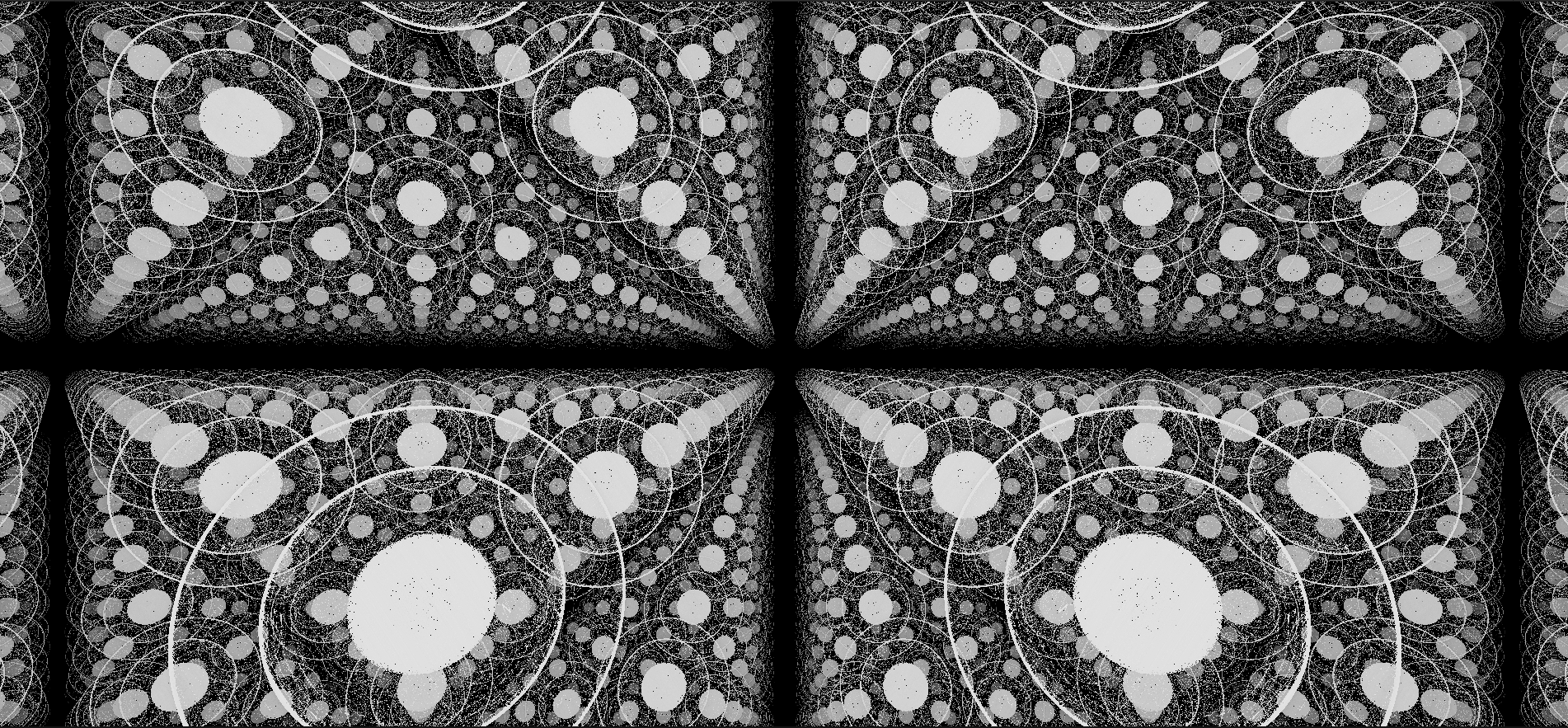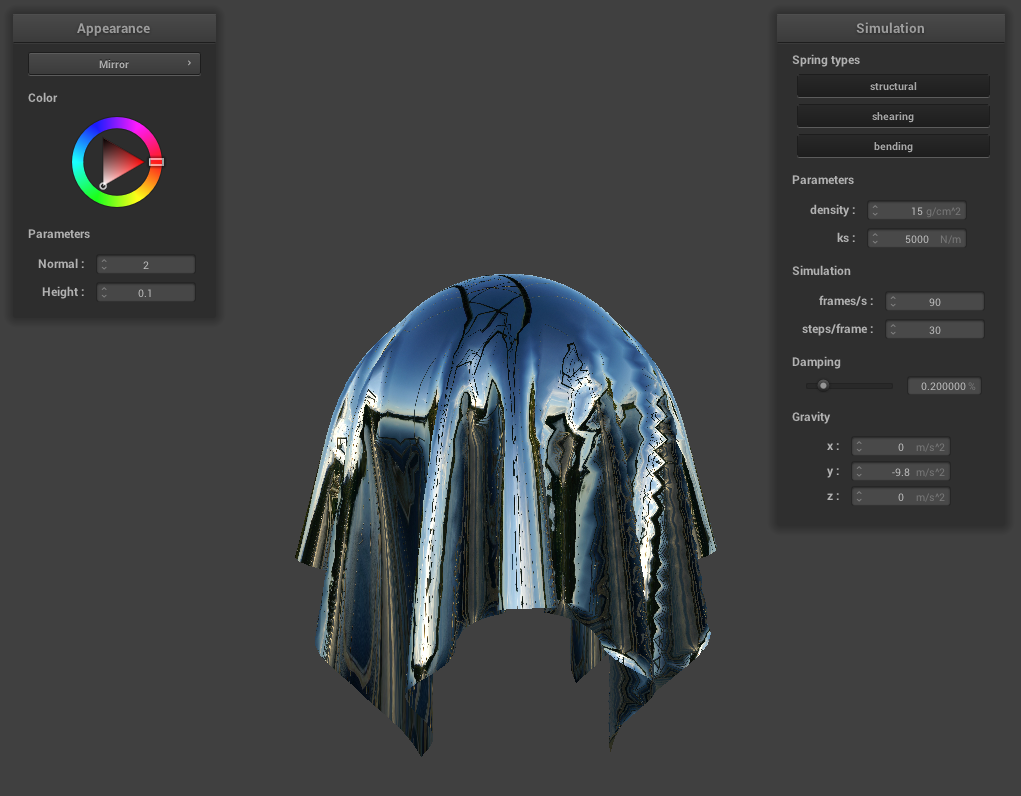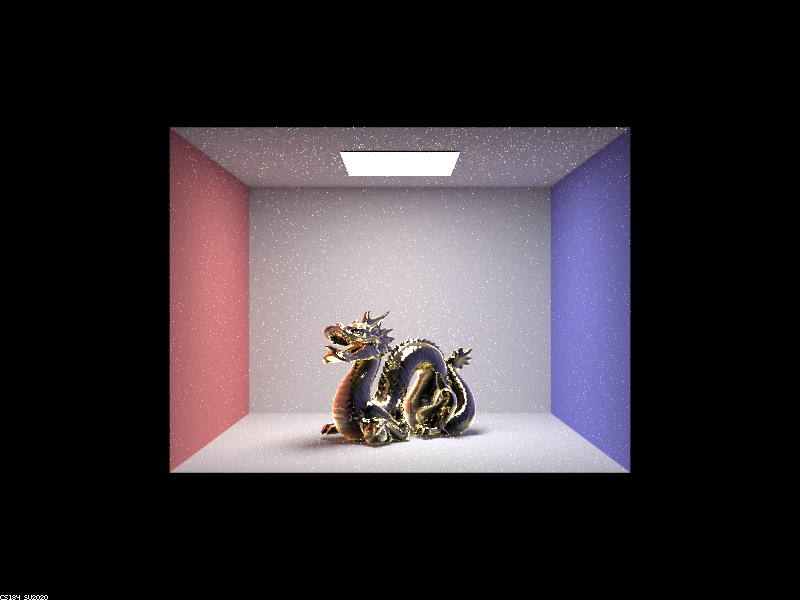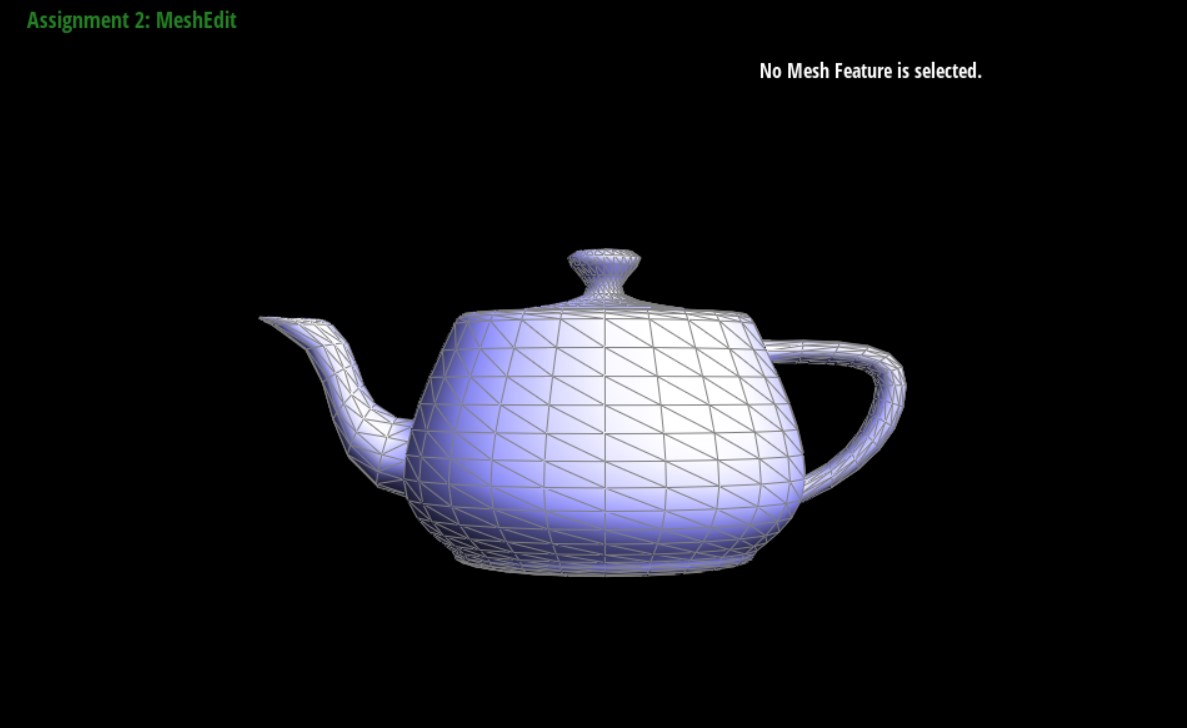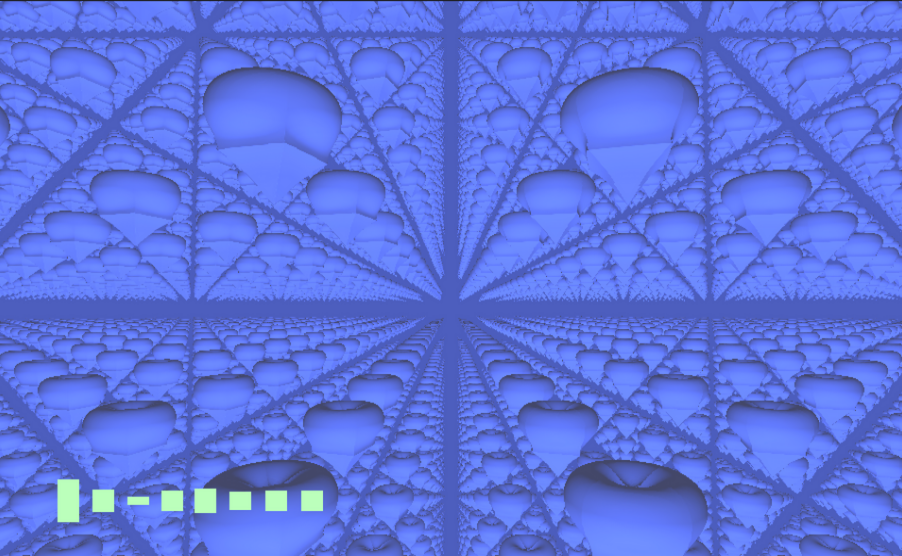
CS184 Final Project Report
Abstract This project is a music visualizer using a sea of morphing shapes to capture the essence of the song. The shapes are rendered to create an infinite sea of shapes using raymarching. The sea of shapes visualize the different aspects of the music in the following ways: The size of each shape reflects the volume of the song The shapes rotate to the beat of the song The spectrum of the song is visualized in the bottom left corner The project was coded in Unity using shaders....
